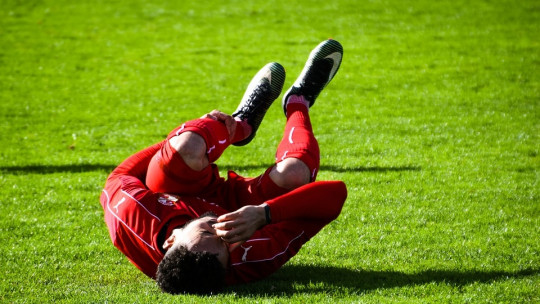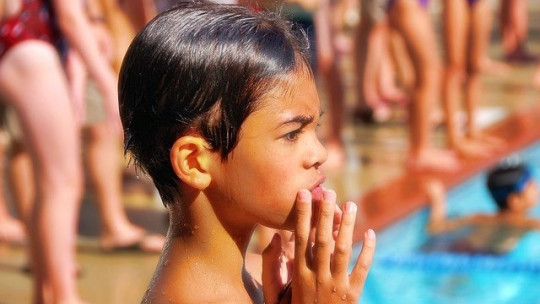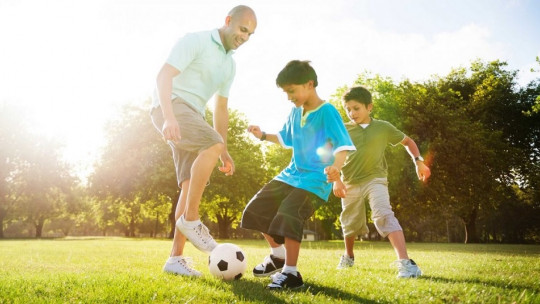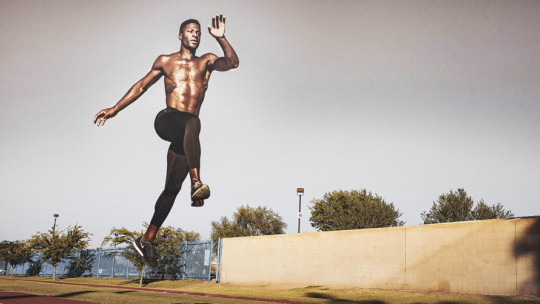There are several key psychological aspects for an athlete to be good at what they do. The self-confidence that one has in oneself and in situations, motivation, stress, level of activation, emotional regulation and attention are the most important. I will talk about the latter in today’s article.
All these psychological variables exert a direct and indirect influence on each other. For example, motivation can affect attention, or stress can affect self-confidence Therefore, they must be taken into account so that an athlete can express the best version of himself in the sport he practices. There is good news: just like the tactical, technical or physical aspect, the psychological variables are trainable.
What does attention depend on?
One of the main objectives of Sports Psychology is the study of the variables that influence sports performance. The issue has been addressed from different approaches: reports from athletes and coaches, research that has focused on specific psychological variables, and field observations.
Regarding attention, it can be said that This is a decisive variable to be able to detect and interpret the demands of each situation , and that correct attentional control will provide an improvement in decision making. Attention depends, at least in part, on the athlete’s level of activation (more activation, more narrowing of attention), the ability to pay attention to the relevant stimuli of the moment, and the ability to control the variables that interfere at the specific moment.. On the other hand, controlling the interfering variables contributes to controlling the level of activation.
How does attention affect sports performance?
In general, The correct control of attention will positively affect the performance of athletes in training and competition, which is why it is decisive when it comes to:
A practical case of the importance of psychological variables in sports performance
To illustrate the importance of psychological variables (and the interaction between them), specifically attention, I am going to give you an example. Let’s imagine that a goalkeeper has had an unfortunate move after a corner kick while playing an important game, which has cost him a goal in the first play of the second half, so his team loses by one goal.
As a result of this error, His self-confidence in corner kicks is undermined by the criticism he has received from his teammates , and there are still 35 minutes left to play. This event is affecting his activation level and, in turn, his attention, because in the following corner kicks, he is late for all the overhand balls. On the other hand, when the crosses are the result of an elaborate play, the goalkeeper arrives on time. This occurs because his attention is focused on the mistake he has made (known as internal care) when you should be aware of the stimuli that occur in the game (external care).
Attentional focuses: direction and breadth of attention
Taking into account the previous case, We can see that there are different attentional approaches Knowing them and changing them when necessary will increase sports performance. This means that the athlete must carefully and correctly select what he must attend to at all times, so that his performance is appropriate.
There are four attentional dimensions in which there are different stimuli and responses that an athlete could attend to. These dimensions can be classified and combined between two variables: direction and amplitude
The direction of attention
The direction of attention refers to internal and external attention. Internal attention is when an athlete focuses on aspects that take place in his or her own body (thoughts, self-talk, sensations or movements). External attention refers to when an athlete focuses on issues beyond his control That is, what happens around you.
Internal attention is positive for: learning and perfecting skills (and putting them into practice); analysis of one’s own performance, work on imagination, control of thoughts or sensations that may favor or harm performance, etc.
External attention is useful when it is necessary to pay attention to the movement of opponents in a match, when it is necessary to pay attention to the coach’s instructions, etc.
The breadth of attention
Not only is the direction in which an athlete focuses his attention important, but also the breadth, which can be wide or narrow.
The broad attention will allow the athlete to take into account a greater number of stimuli While reduced attention will allow greater concentration. For example, broad attention can be useful for learning complex skills with different movements that must be coordinated at the same time. For its part, reduced attention can be useful for greater precision in execution.
Combination of the different alternatives
These alternatives are combined to form different types of attentional approaches:
Internal-reduced : Attention is focused on a reduced number of stimuli or responses that occur in the athlete’s body. For example, when a basketball player tries to improve his technique he stops pumping the ball, since he must focus on the movements and not on the basket (that is, whether he hits it or not).
Internal-wide : Attention is focused on a large number of stimuli or responses that occur in the athlete’s body. For example, when a player analyzes what happened in the last competition. It should be used when you are not actively competing and have time to analyze.
External-reduced : Attention is focused on a small number of stimuli outside the athlete. For example, looking at the basket when you are going to shoot a free throw in basketball.
External-wide : Attention is focused on a large number of stimuli outside the athlete. For example, a soccer player when he makes a counterattack and must observe the best position of a teammate to make a pass.
Problems related to attention in sport
Each task requires a different attentional focus, and incorrect use will harm an athlete’s optimal performance. Sometimes, it may be due to a sensory deficit, but when this does not occur, it is possible that the cause is poor learning (and, therefore, misuse), an excess of information at the same time, interfering cognitive activity ( for example, a bad past experience), activation level deficits or excesses, or interfering attentional conditions (for example, booing from the rival audience).
In order to correct these problems related to the care of athletes, The intervention can focus on two possible solutions On the one hand, the training of athletes in attention skills. On the other hand, the environmental manipulation, by the trainers, of the relevant stimuli (for example, giving fewer instructions at a given time). In this way, correct attentional control can be achieved.









